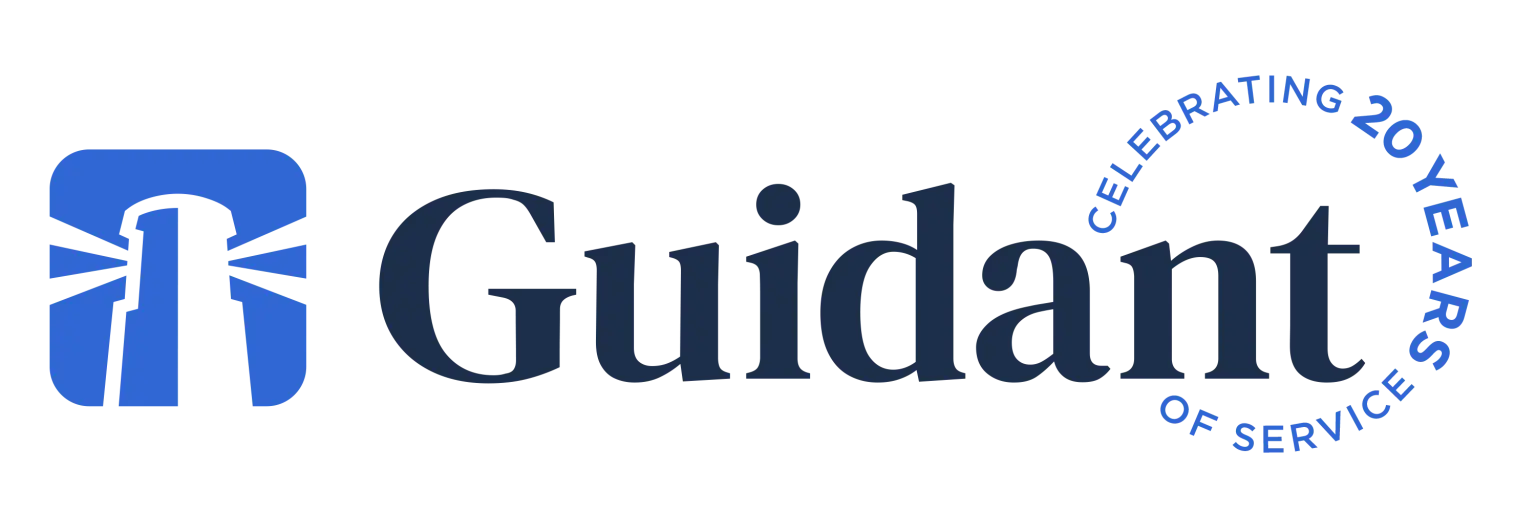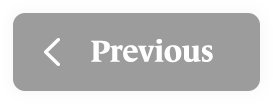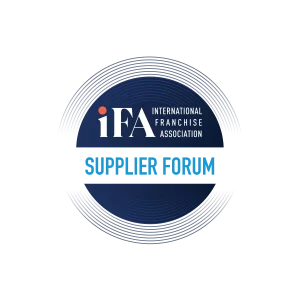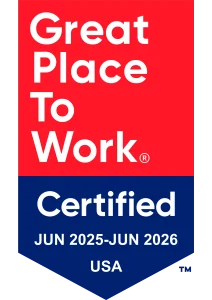How to Finance Your Small Business
Understanding and obtaining financing is an important first step to take as a small business owner. Your financing options will help you make choices down the road depending on what fits into your budget.
Many people are qualified for more small business funding than they think. The key to accessing the best funding for you is understanding the possibilities and what you need.
Determining Your Project Cost
Purchasing a Franchise or Existing Business
If you’re planning to purchase an existing business or franchise location, estimating your overall project cost will be relatively straightforward. Existing businesses are generally more predictable than launching a brand new start-up.
The purchase price may be the largest part of your purchase cost when purchasing an existing business. However, depending on how the business is performing, you’ll also want to make sure you have enough operating cash on hand to pay employees, vendors, and keep the lights on.
While purchasing a franchise looks a little different, the costs are still relatively predictable. If you’re interested in purchasing a franchise, keep these expenses in mind when calculating your total project cost:
- Franchise fee. The cost of the initial franchise fee varies greatly from company to company. In some cases, it serves as a licensing fee to use the franchise’s name, but in other cases, it covers additional costs such as marketing materials or management training.
- Location costs. Franchise fees rarely cover the cost of your location build out. You should budget for renting or buying a location as well as a build out to meet the franchisor’s requirements.
- Supplies and inventory. If you’re selling a specific product, you need to purchase inventory to have on hand, with the cost varying depending on the product. You’ll also need general supplies available to run your business, and the costs of basics like printer paper and sticky notes can add up.
- Working capital. Always include working capital in your total project cost to cover enough time until your business is generating revue (and beyond).
Launching a New Business
- Initial expenses. Building a business from the ground up involves expenses that are unlikely to occur often. These costs include things like initial inventory, equipment, signage, business cards, and incorporation and licensing fees.
- Regular expenses. Some of the expenses you pay upfront will be considered ongoing expenses, such as insurance. Other examples of reoccurring costs include employee payroll and benefits, your own salary, taxes, tech fees, supplies, marketing materials, and professional services.
Understanding Your Financial Abilities
Once you’ve determined your estimated small business cost, it’s time to take an inventory of your financial abilities and resources. Many people have more financial assets they can use to finance a business than they know. It’s important to know where to look for financial resources and what it means to take/borrow from a specific fund.
Cash
Cash is king — it’s your most liquid and tangible asset when it comes to business funding. You can use cash to finance a business outright, but having enough cash on hand can also help you qualify for more types of small business financing.
Retirement Funds
You may be able to use your retirement funds to finance part or all of your small business, depending on the details of your retirement account. Using 401(k) business financing (also known as Rollovers for Business Start-ups or ROBS), you can use your retirement money for small business funding without taxes or penalties.
Investment Accounts
If you have money invested in stocks, bonds, or mutual funds, you may be able to leverage these investments to use toward small business funding —without liquidating.
Personal Credit
Your personal credit is an essential element of obtaining small business funding. If you’re considering business ownership, check your credit score and credit report. You can typically access free credit checking services through your bank, credit card company, or online at sites like Credit Karma.
Home Equity
If you’re a homeowner, your house is likely one of the most valuable assets you own. Even if you’re still making mortgage payments, you can leverage the equity in your home to obtain small business funding.
Types of Small Business Funding
ROBS
Rollovers for Business Start-Ups (ROBS) funding makes it possible to use existing retirement accounts for small business financing in a tax and penalty-free transaction.
Who is ROBS a good fit for?
Anyone with a minimum of $50,000 in an eligible, rollable retirement account (most accounts except for ROTH) is likely a good fit for ROBS. There are no minimum credit, collateral, or down payment requirements because ROBS is not a loan. Beyond being debt-free, it’s also low-cost financing because there are no monthly interest payments to make like a loan would have. The only fees you will likely pay is an initial fee for a third-party provider to help set-up the rollover transaction and regular administration fees to assist with maintaining your 401(k) plan.
Who is ROBS a bad fit for?
We recommend that only people with $50,000 or more in a retirement account consider using ROBS for small business funding. The tax benefit that ROBS provides may only be beneficial when rolling over amounts of $50,000 and up. ROBS is only a good fit for people who want to be active in their business — those who are passive investors likely won’t be approved for ROBS funding.
Learn more about how ROBS works and who should use it in our Complete Guide to Rollovers for Business Start-ups.
SBA Loans
SBA small business loans are traditional loans funded by banks, with up to 80 percent of the loan guaranteed by the Small Business Association (SBA). This arrangement encourages banks to lend to small business owners with more favorable rates and terms.
Who are SBA loans a good fit for?
SBA loans are difficult to obtain but provide up to $5 million in financing for well-qualified borrowers. Business owners who have good credit scores, a history in business, collateral to back the loan, a solid business plan, and a healthy down payment are more likely to be approved for SBA funding. If you meet these qualifications and need $150,000 to $5 million, this kind of funding may be a good fit for you.
Who are SBA loans a bad fit for?
Not meeting just one of the five baseline requirements for SBA funding — capital, credit, cash flow, character, and collateral — can disqualify you from SBA lending. So if you have a low credit score or not enough cash for the down payment, it’s a good idea to look into other funding options or work to become or better-qualified borrower before applying.
To learn more about SBA funding, see our complete guide.
Unsecured Loans
Also known as credit card financing, unsecured loans offer up to $125,000 in small business funding. Unsecured loans are packaged through a third-party provider who applies for credit cards on your behalf and then quickly liquidates the amount borrowed before the inquiries hit your credit report. The result is cash to use for any business purpose.
Who is a good fit for an Unsecured Loan?
Unsecured loans are a great option for small business owners who have good credit, but can’t meet either the collateral or down payment requirements of a traditional business loan. This type of lending is also helpful for people who don’t want limitations on how to use the cash acquired for business funding. For those with a minimum credit score of 690 who need $10,000 – $150,000 in financing, unsecured loans can provide fast access to cash.
Who is not a good fit for an Unsecured Loan?
One of the most important things to know about unsecured loans is the interest rate is zero for the first year, but then can jump to over 13 percent. With that in mind, your business should have a steady, predictable cash flow, so you can quickly repay an unsecured loan. If you’re not able to quickly repay the loan, you’ll be stuck with very high monthly interest payments.
Portfolio Loans
Portfolio loans provide access to the funds in your investment accounts for small business funding without requiring you to liquidate your assets. For this type of loan, your investment portfolio serves as collateral for a business line of credit. This type of loan is attractive to borrowers because it has low interest, ranging from two to five percent, and you only make interest payments on the money you borrow.
Who is a good fit for a Portfolio Loan?
To qualify for a portfolio loan, you must have a minimum of $85,000 in your securities portfolio trading at $5 per share or higher. Portfolio loans allow you to leverage the money in your investment accounts, but instead of liquidating your account, your investments serve as collateral. If you don’t have high enough credit for a traditional business loan but want to keep your investment savings intact, a portfolio loan might be a good option.
Who is not a good fit for a Portfolio Loan?
Because your investment portfolio serves as collateral for the loan, there is some risk associated with the loan. For example, if the market falls and takes the value of your portfolio with it, you’ll likely be required to put up more collateral. If you’re not comfortable with this kind of risk, a portfolio loan isn’t a good option.
To learn more about the financing options discussed here, as well as additional funding avenues and an in-depth look at how each impacts your business, see The Complete to Small Business Funding Options.
When you’re on the path to becoming a business owner, initial financing decisions can seem overwhelming. But estimating how much your business project is going to cost and researching all of your funding options can help you to make an informed decision. If you’re not sure how much small business financing you’re able to borrow, get started by completing a short prequalification to get a personalized financing summary in minutes.















